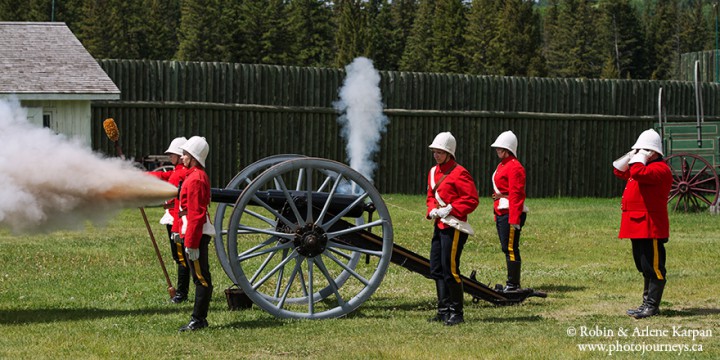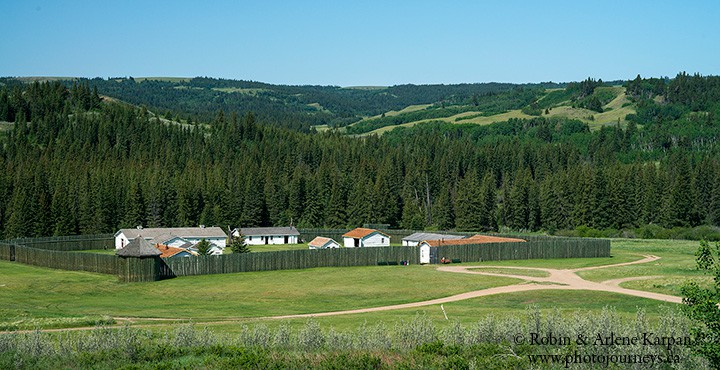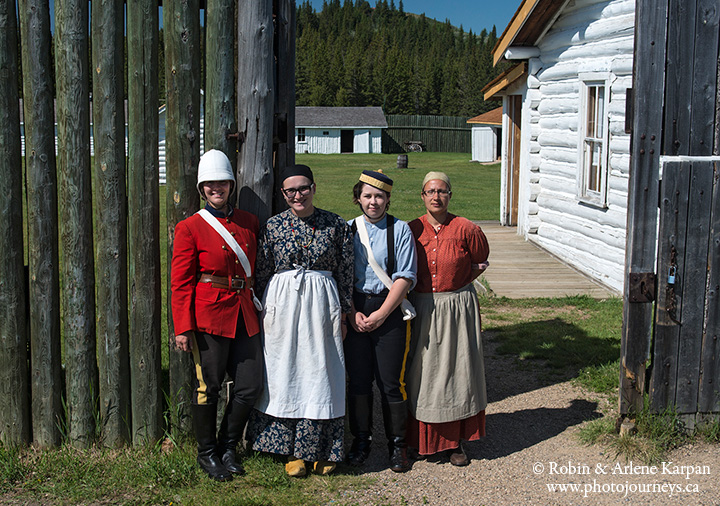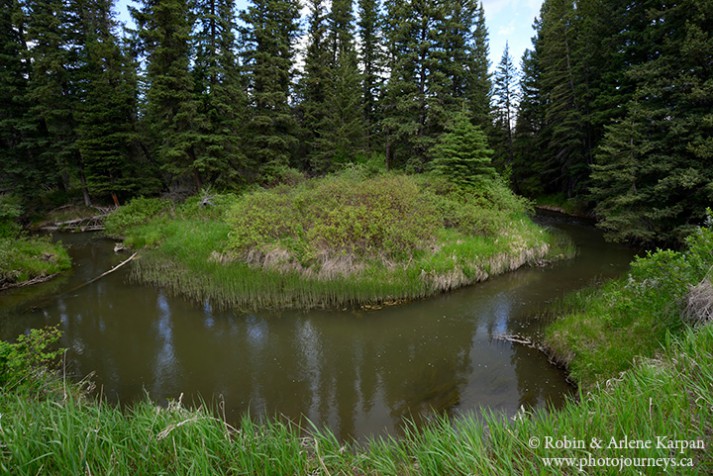

Fort Walsh lies in a scenic valley next to Battle Creek in southwest Saskatchewan. There are two main reasons to come here – the spectacular setting in the beautiful Cypress Hills, and a past so significant that it changed the course of Canadian history.
In 1873, this was site of the Cypress Hills Massacre, which spawned the name Battle Creek. American wolf hunters and whiskey traders killed several Nakoda Indians whom they wrongly accused of stealing horses. When the news reached Ottawa, the government became concerned over increasing lawlessness in the west and formed the North West Mounted Police, forerunners of today’s Royal Canadian Mounted Police.

Fort Walsh was established at the massacre site to provide law and order, and later became Mounted Police headquarters. In the late 1870’s, Inspector James Walsh was instrumental in keeping the peace with Chief Sitting Bull’s Sioux, who took refuge in southwest Saskatchewan after defeating the U.S. Cavalry at the Battle of the Little Bighorn in nearby Montana. The fort was abandoned after Mountie headquarters moved to Regina in 1882, then from the 1940s to 1960s it served as a horse breeding and training centre for the RCMP Musical Rides. Today it is a National Historic Site where you can go back in time to relive some of western Canada’s most compelling history.
A visitor centre with extensive displays set the scene. Then you can take a tour of several buildings in the fort, led by guides in period dress who relate stories of the momentous events, as well as the rather tough lives of Mounties in those early days. Outside the fort walls, a couple buildings represent the posts of Metis traders who would acquire furs by trading for goods which included everything from useful items to vile rot-gut whiskey.

We were fortunate to be there when they were demonstrating how to fire a 9-pounder muzzle-loading rifle, a large gun that was used to defend the fort in the early years. It’s difficult to anticipate the exact moment that the gun will fire, so to get this type of photo, it’s best to set your camera on continuous shooting mode and fire a burst of shots in quick succession, starting just ahead of the gun being fired. The settings for this firing gun photo were 1/1250 sec., f6.3, ISO 400.

The site also has some nice walking trails. One short walk follows meandering Battle Creek, with interpretive panels along the way relating the life of the Metis in the Cypress Hills. Other walks head higher into the hills with sweeping views over the fort and the hilly landscape. It’s this mix of scenery and history that makes Fort Walsh so attractive for photographers.
Fort Walsh is located next to the West Block of the Cypress Hills Interprovincial Park. This is our favourite part of the park, so for the next posting, we’ll look at a few of the many photo possibilities in the West Block.

